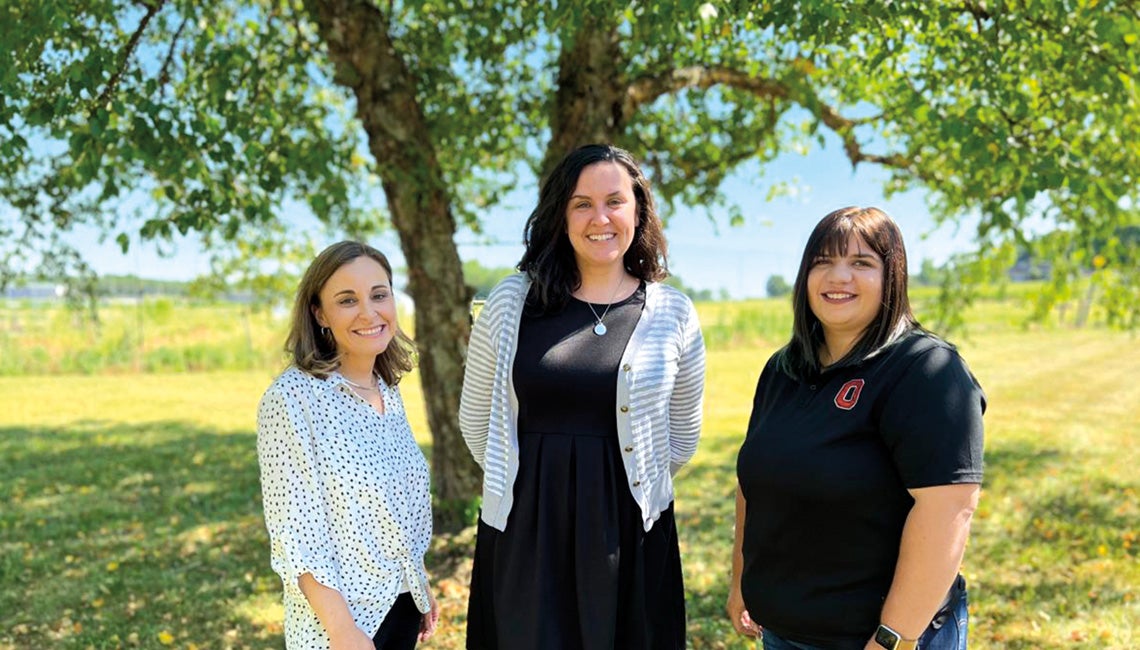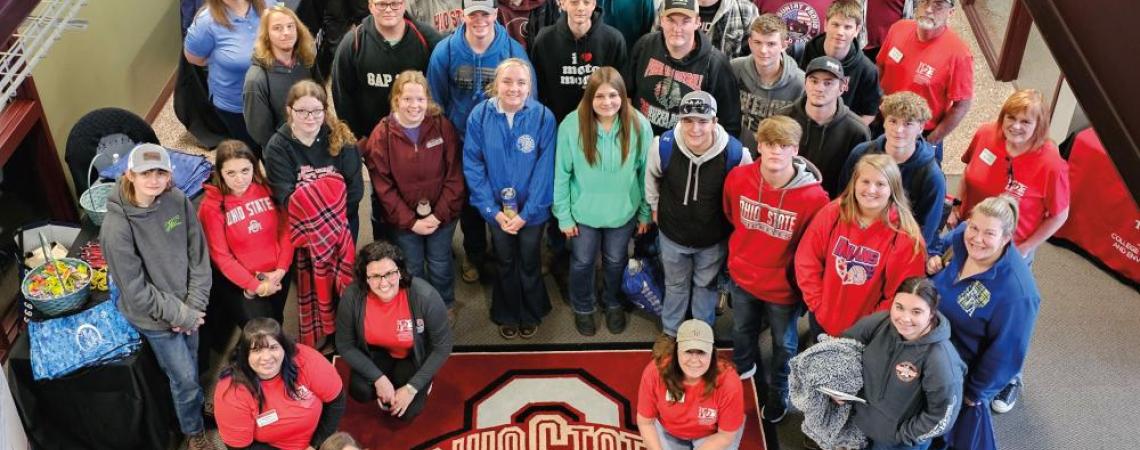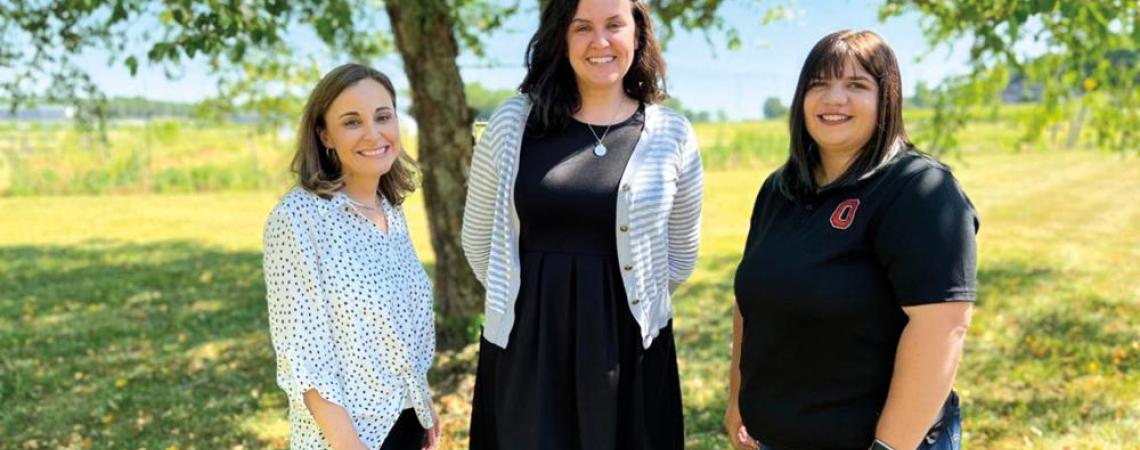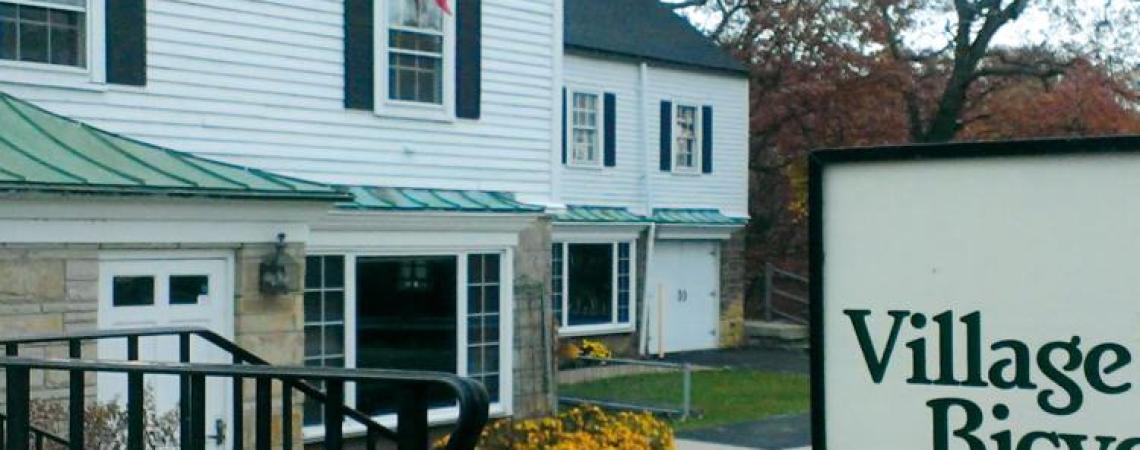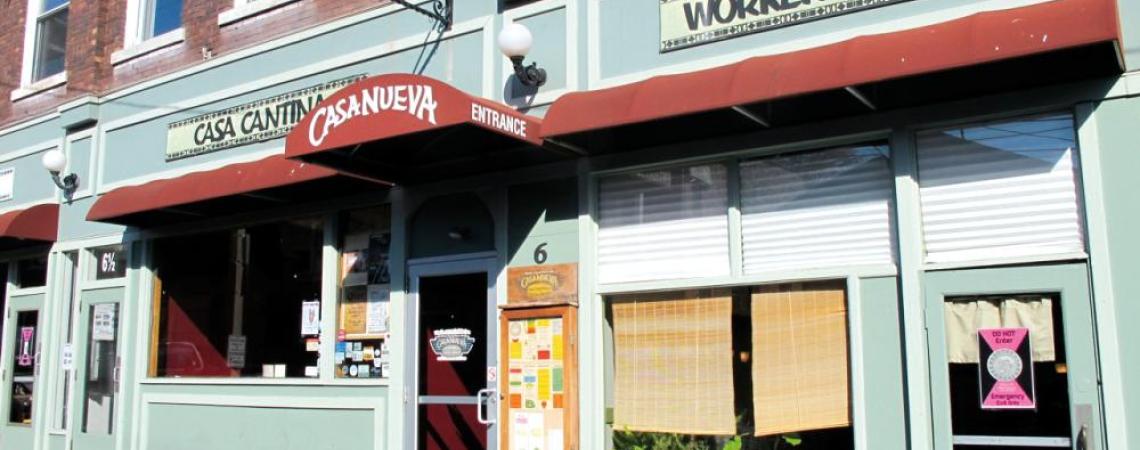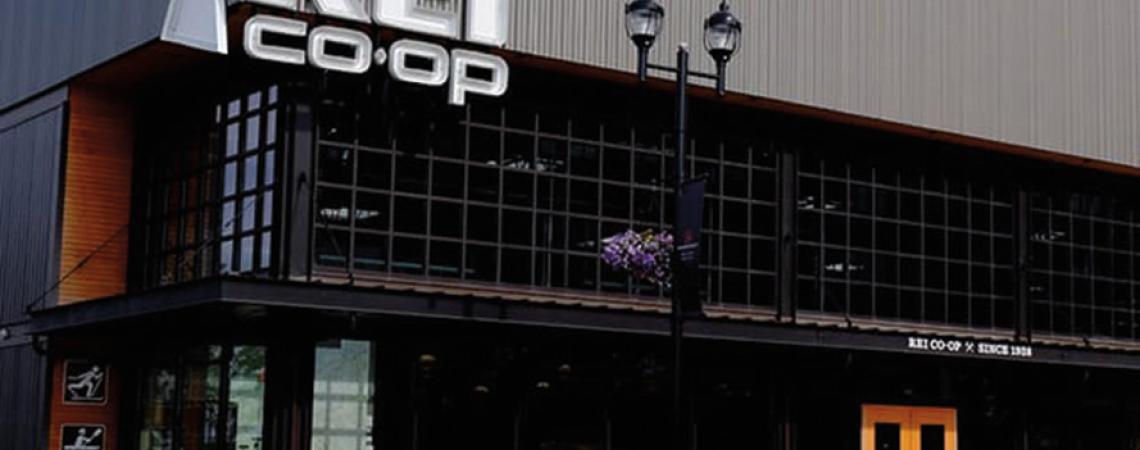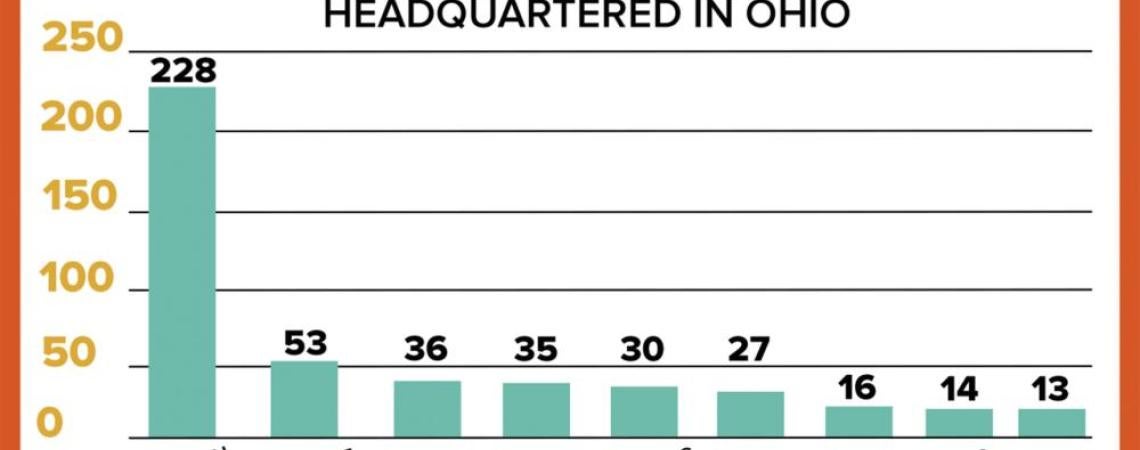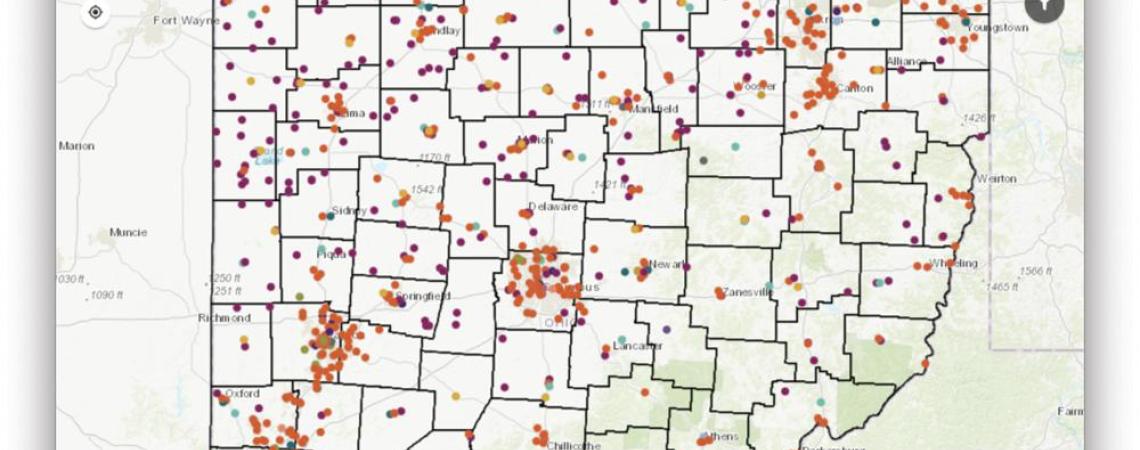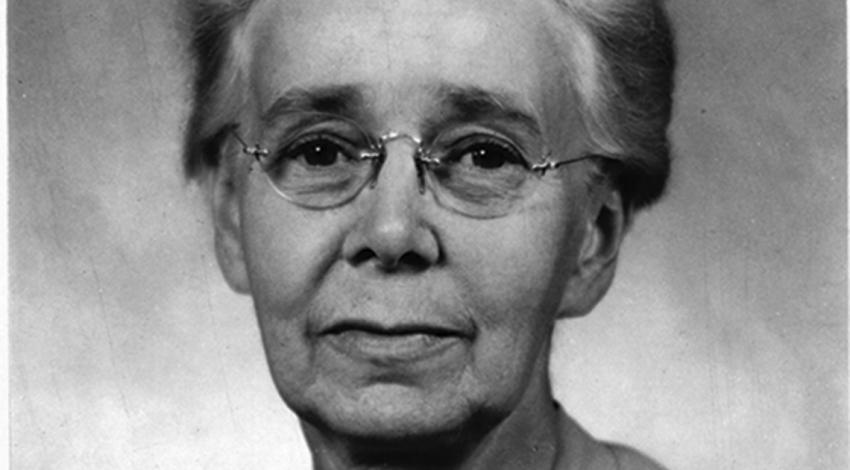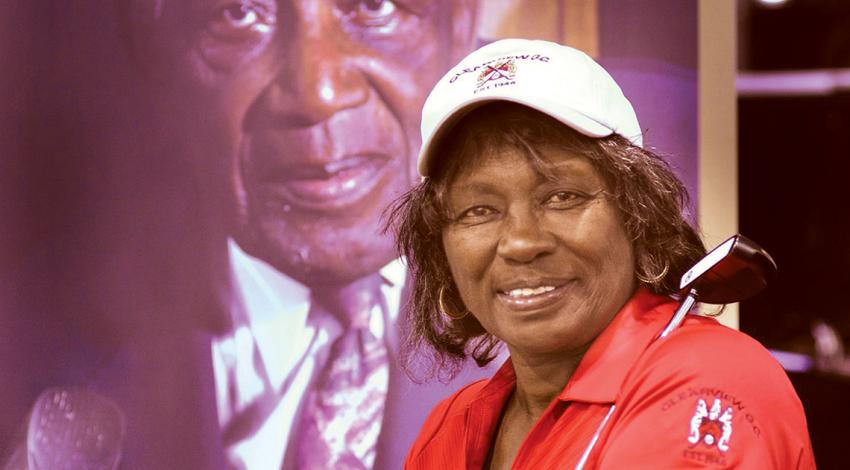When you think about cooperative businesses, what comes to mind? For most reading this, it’s probably the local electric cooperative. But there are lots of others: Agricultural cooperatives and credit unions are prominent, and the outdoor retail store REI is a cooperative that’s also widely recognized.
Ohio is home to a multitude of cooperative businesses, from the Village Bicycle Cooperative in Bay Village near Cleveland to the United Producers livestock market in Gallipolis and the beloved worker-owned Casa Nueva restaurant in Athens. In fact, close to 1,100 cooperatives do business in the Buckeye State, including 452 that are headquartered here. Credit unions top the list with 228 branches, but Ohio’s cooperative scene extends well beyond financial institutions to purchasing, housing, art — even rock climbing.
Cooperative businesses can be found in and around just about every community; the proof lies in a map produced by and hosted on the website of Ohio State University’s College of Food, Agricultural, and Environmental Sciences. The map was a yearlong project from the college’s Center for Cooperatives and is a testament to the center’s commitment to encourage business owners, legislators, researchers, and consumers to engage in and grow Ohio’s co-op economy.
In March, more than 30 high school students from Adams County participated in a co-op career fair at Ohio State’s Center for Cooperatives in Piketon with representatives from area co-ops, including Adams Rural Electric Cooperative and South Central Power Company, who shared many of the ways students can launch careers in a cooperative business.
The Center for Cooperatives opened in 2017 at OSU’s South Centers in Piketon. Faculty and staff work with businesses throughout the state with a focus on cooperative education, applied research, and support.
Program director Hannah Scott grew up in an agricultural community and says she appreciates the unique approach of how co-ops conduct business: The members own it, benefit from it, and make decisions about it.
“Our goal in this space is to help groups learn about business development and make informed decisions,” she says. “We’re a resource. We’re not here to tell them what to do or to do the work for them.”
There’s a growing interest in cooperatives among younger people, as members and employees, she says, partly due to an increasing cultural focus in locally grown food and worker-owned businesses. The center also works with retiring business owners to see if they would consider transitioning their businesses to cooperative models.
In addition to the online map, the organization provides a Co-Op Mastery Workbook and Foodpreneur School — free training for students, entrepreneurs, and anyone interested in cooperative businesses. The resources are also available on the center’s website.
Although the Center for Cooperatives is relatively new, it’s based on a timeless idea with a deep history in Ohio’s agricultural economy. According to Thomas Worley, the center’s director, the program adds efficiencies that help streamline the work of existing agencies. For several years, Worley taught an undergraduate course about agricultural cooperatives, for which Ohio’s Electric Cooperatives’ own Doug Miller, VP of statewide services, was a regular guest speaker. Now, Scott teaches the course and continues inviting Miller to share the rural electric co-op story.
Although he was integral in developing the center, Worley says he does not consider himself a founder. He believes that credit goes to several faculty members who were committed to the idea of a business model that exists to serve members.
“We stand on the shoulders of several instrumental agricultural economists, starting with OSU’s Dr. Charles H. Ingraham and his passion for cooperative businesses and their impact on communities.”
Both Worley and Scott agree that one of the best things about cooperatives is that members can make suggestions that are heard and create change to improve products and services. They also believe co-op members find value in getting involved through volunteering, serving on committees, or joining the boards of directors.
For more information about Ohio State’s Center for Cooperatives, see https://cooperatives.cfaes.ohio-state.edu.
